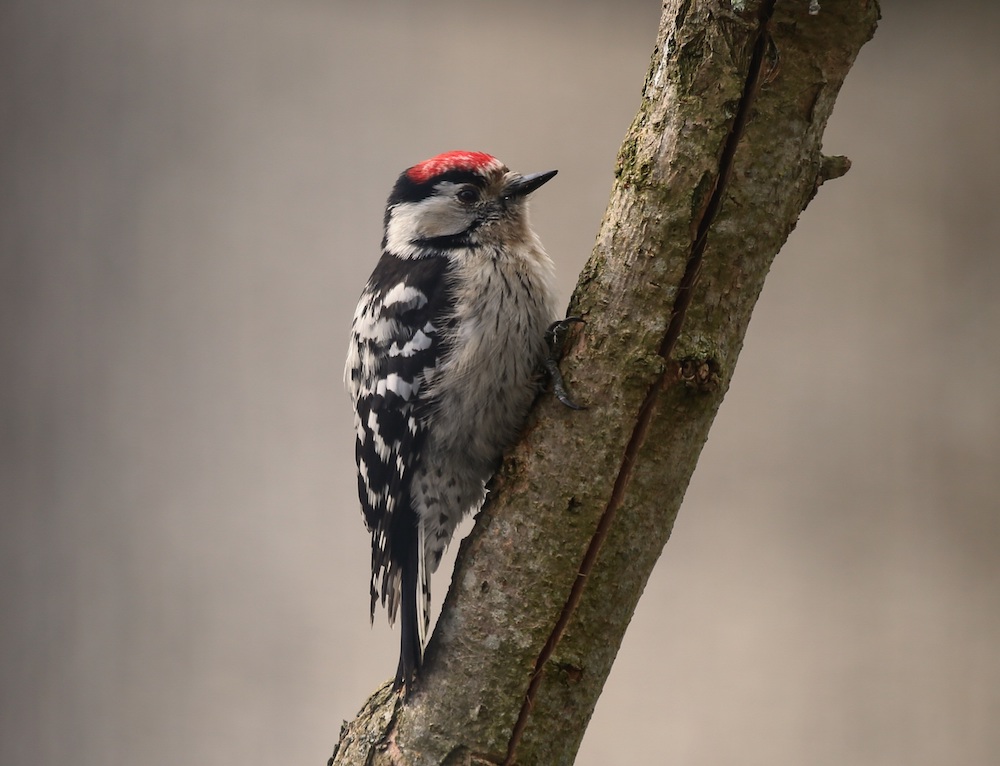Beståndstrender och fluktuationer hos svenska hackspettar
DOI:
https://doi.org/10.34080/os.v2.22398Nyckelord:
inventering, punktrutt, Picidae, Dendrocopos, Dryobates, Dryocopus, PicusAbstract
This is a quantitative study of population changes in four non-migratory woodpeckers in Sweden. Data were collected during five periods from late autumn to spring and during the breeding season, mainly using point counts. Most analyses are based on the proportion of the routes (each with 20 points) with observation of the species in each year. From 1975 to 1991 there were no population trends in the Great Spotted and Black Woodpeckers, but decreases in the Green and Lesser Spotted Woodpeckers. The mean annual decrease was about 2% in the Green and 4% in the Lesser Spotted Woodpecker. There was no trend in winter weather over this period, and only for the Black Woodpecker we found associations between mild winters and numbers recorded. The Great Spotted Woodpecker population increased in years with a high spruce seed supply. In southernmost Sweden frequency of observation was higher for the Green and, in winter, for the Black Woodpecker than further north, while the reverse was true for the Great Spotted Woodpecker. No regional difference was found for the Lesser Spotted Woodpecker.
Nedladdningar

Downloads
Publicerad
Referera så här
Nummer
Sektion
Licens
Författaren/författarna innehar copyright för varje enskilt bidrag, men samtliga bidrag är publicerade under en Creative Commons-licens, så att vem som helst kan dela och återanvända bidraget förutsatt att copyright-innehavaren erkänns.







